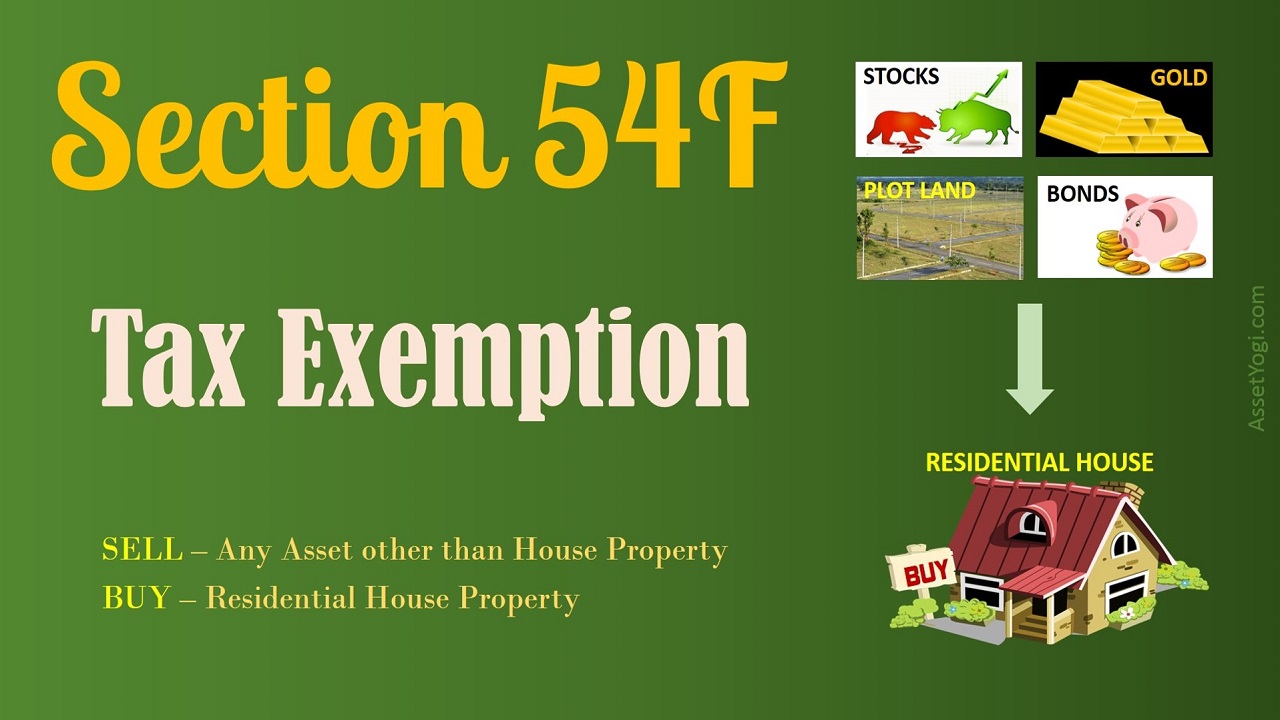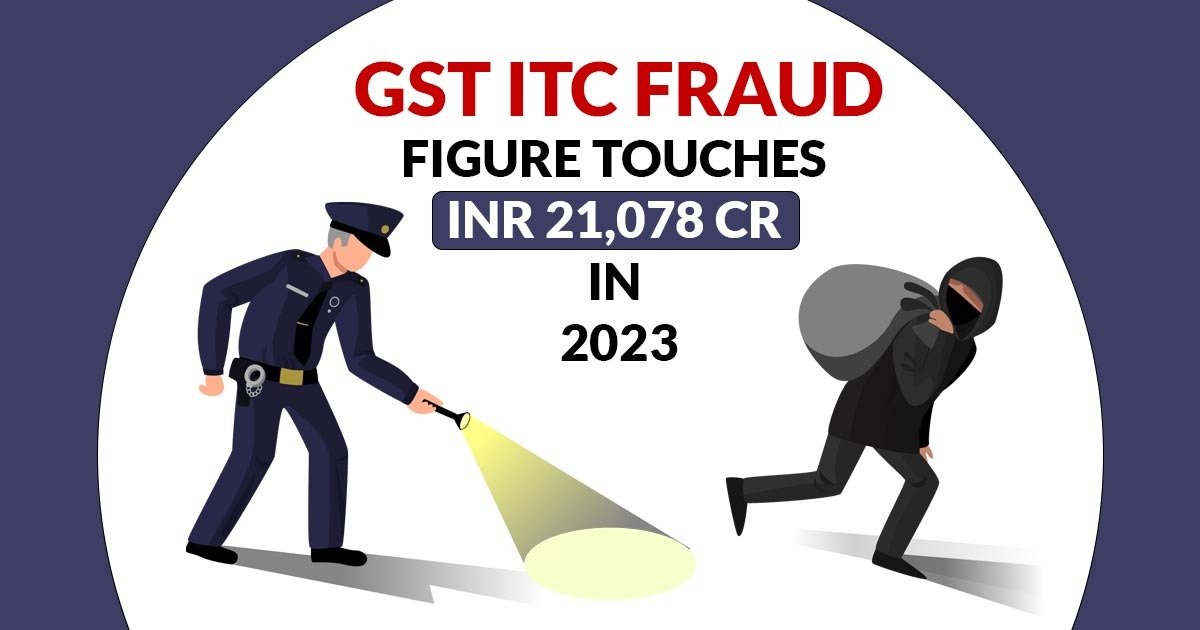Thottathil B. Radhakrishnan, J.@mdashPetitioner adopted a child as evidenced by Exts.P1 and P2. Admittedly, at the time of adoption, the petitioner was not informed of any registration of the birth of the said child with the local authority.
2. According to the petitioner, he obtained information regarding the registration of the birth of the said child. He asserts that Ext.P4 is the birth certificate of the said child. He made Ext.P6 application for correction of the name of the child in the Register of Births and Deaths, to have the name of the child shown as Anjana D. The petitioner seeks a mandamus to the first respondent to carry out the correction requested for in Ext.P6 and thereby modify the entries evidenced by Ext.P4.
3. The first respondent has come on record with a counter-affidavit, inter alia, relying on Ext.R1(a) Circular.
4. The second respondent is the child welfare agency to which the child in question was relinquished by its mother and a declaration in that regard is given by the second respondent in the form of a declaration by affidavit of the Sister Superior of the second respondent. This is Ext.P3 document. It is stated in Ext.PS that as per the records maintained, the said child Anjana D. was born on 11th April, 2002 and that the said child has been placed in the guardianship, of the petitioner and his wife and that the said minor child is in the care and custody of the petitioner and his wife. It is also declared as per the said affidavit that there is no other document on record to prove the date of birth of the said child and accordingly Ext.P3 declaration along with the court order could be used as a birth certificate for all purposes allowed by law u/s 7(36) of the Guardians and Wards Act, 1890.
5. One fails to understand as to why the petitioner thought it appropriate to fish out the details which he asserts as relating to the minor child who is under his guardianship as per the court order. I say so because, Ext.P4 relates to a child which cannot be immediately referred to as the child in question. As a matter of fact, in my considered view, the petitioner acted most inappropriately in trying to hold out Ext.P4 as the birth certificate of the child in question. This runs contrary to the very purpose of Ext.P3 declaration.
6. Following the land mark judgment of the Apex Court in
7. In pursuance of the constitutional mandate, the Government of India has evolved a National Policy for the Welfare of Children. The thrust of this policy is summed up as part of the Guidelines, in the following words:
"The Nation'' children are a supremely important asset. Their nurture and solicitude are our responsibility. Children''s programme shall find a prominent part in our national plans for the development of human resources, so that our children grow up to become robust citizens, physically fit, mentally alert and morally healthy, endowed with the skills and motivations needed by society. Equal opportunities for development to all children during the period of growth should be our aim, for this would serve our larger purpose of reducing inequality and ensuring social justice."
Following the above mandate, the Govt. of India has evolved several programmes to ensure the betterment of children and their development in a wholesome manner. The Ministry of Social Justice & Empowerment mandated, amongst others, the welfare of children in difficult circumstances. The rehabilitation of such children through adoption is one of the major planks of the Ministry''s policies for children. This policy keeps in mind the fact that the full and wholesome growth of a child is possible only in an atmosphere of parental love and guidance. It recognizes the family as the Central fulcrum around which both mental and physical development of a child is given full opportunity to blossom.
8. Following the aforesaid decision, the CARA was established by the Ministry and subsequently Revised Guidelines were issued for adoption of Indian children. Such guidelines were issued to provide a frame work of Rules for regulating and monitoring inter-country adoptions. Thereafter, the Ministry felt the need to provide a similar frame work of guidelines for monitoring and processing of in-country adoptions. The aforesaid decision of the Apex Court, followed by various directions issued thereafter, as well as the Convention on Rights of the Child adopted by the General Assembly of the United Nations in 1989 as well as the Hague Convention on Inter-country Adoption, 1993, clearly laid down that the best interest of the child without a family is served by providing it an opportunity to be placed with a family within its own socio-cultural milieu. The importance of In-country adoption was recognised and it was noticed that every child has a right to be considered for placement with a family belonging to its own national and cultural background within the country. The importance of In-country adoption made it necessary to ensure that In-country adoption is actively encouraged and propagated throughout the country and for such purpose a well formulated procedure was required.
9. The Ministry of Social Justice and Empowerment in the Government of India therefore issued common Guidelines captioned "Guidelines for In-country Adoption-2004". This is essentially the guiding principle for the procedures to be followed for adoption.
10. The Clause 1.1.12 of the afore-said Guidelines reads as follows:
"The date of birth of the abandoned child being given in adoption will be recorded in the order of the Juvenile Justice Board. In all other cases where the child has not been adopted or its adoption has not been carried out under the JJ Act and its date of birth has not been recorded officially anywhere, the Adoption Agency concerned must make an application to the local Magistrate along with any other material which the Adoption Agency considers relevant in the form of an affidavit made by a responsible person belonging to the Adoption Agency. The local Magistrate will then pass an order approving the particulars to be entered in the birth certificate and on the basis of the magisterial order, the requisite certificate will be issued by the local birth certificate issuing authority of the city/town/area where the child has been found. This process. shall be initiated only after the adoption is finalized, so that the particulars of the adoptive parents are available for inclusion in the certificate. In case the child has attained the age of three, and the adoption has still not been finalized, the Agency may obtain a birth certificate, if it is found necessary, after informing the court in the form of an affidavit:
(a) That to the best of its knowledge the child has attained the age of three years;
(b) That his/her adoption has not been finalized and is likely to take some time or may never be finalized in all probability;
(c) That a certificate is required for educational/medical/legal purposes or any other reasonable purpose which may be specified; and
(d) That person(s) will stand in as local parents to the child (this person/these persons shall be a responsible/responsible persons belonging to the agency) till such time he/ she attains majority, or is adopted, whichever is earlier. In such cases a second birth certificate may be issued after adoption to provide for a change in the name/names of the child and the adoptive parent(s) after obtaining an order to that effect from the court, which had passed order for issuing the original birth certificate."
(emphasis supplied)
11. As can be noted from the aforequoted provision in the Guidelines, the local Magistrate will be called upon to act on the affidavit of a responsible person belonging to the Adoption Agency. In this case, it is Ext.P3. Petitioner ought to have therefore merely applied for such action as is required in the circumstances, as per the aforesaid Guidelines and produced Ext.P3. The Magistrate is then to pass an order as provided for in the Guidelines and the requisite certificate will be issued by the competent authority as provided for in the aforequoted provision in the Guidelines.
12. A reference to the decision in Lakshmi Kant Pandey (supra) would show that their Lordships of the Apex Court had clearly indicated that the biological parents should not have the opportunity of knowing who are the adoptive parents taking the child in adoption. It was noticed that though it may not be objectionable in furnishing to the adoptive parents the details regarding the biological parents of the child taken in adoption, it may not be desirable to give information to the child regarding its biological parents since that might have the effect of existing his curiosity to meet its biological parents resulting in unsettling effect on its mind. Having regard to the interest of the child which is the prime concerned that led to the decision in Lakshmi Kant Pandey and the issuance of guidelines for inter-country and in-country adoptions, I am of the considered view that no adoptive parent shall be entitled to seek modification of any alleged birth certificate of the adopted child in cases where a declaration is given by the adopting agency in terms of Clause 1.1.12 of the Guidelines as quoted above.
13. In the interest of the minor child in question, it is hereby declared that there is no material on record even to assume that Ext.P4 relates to the minor child in question.
14. Notwithstanding the aforesaid, it will be open to the petitioner to approach the competent authority in terms of Clause 1.1.12 of the Guidelines as quoted above, on the strength of Ext.P3, and seek relief and issuance of appropriate orders. If the petitioner seeks such relief, the competent authority will act without delay.
In the result, this Writ Petition is disposed of in the above terms.

